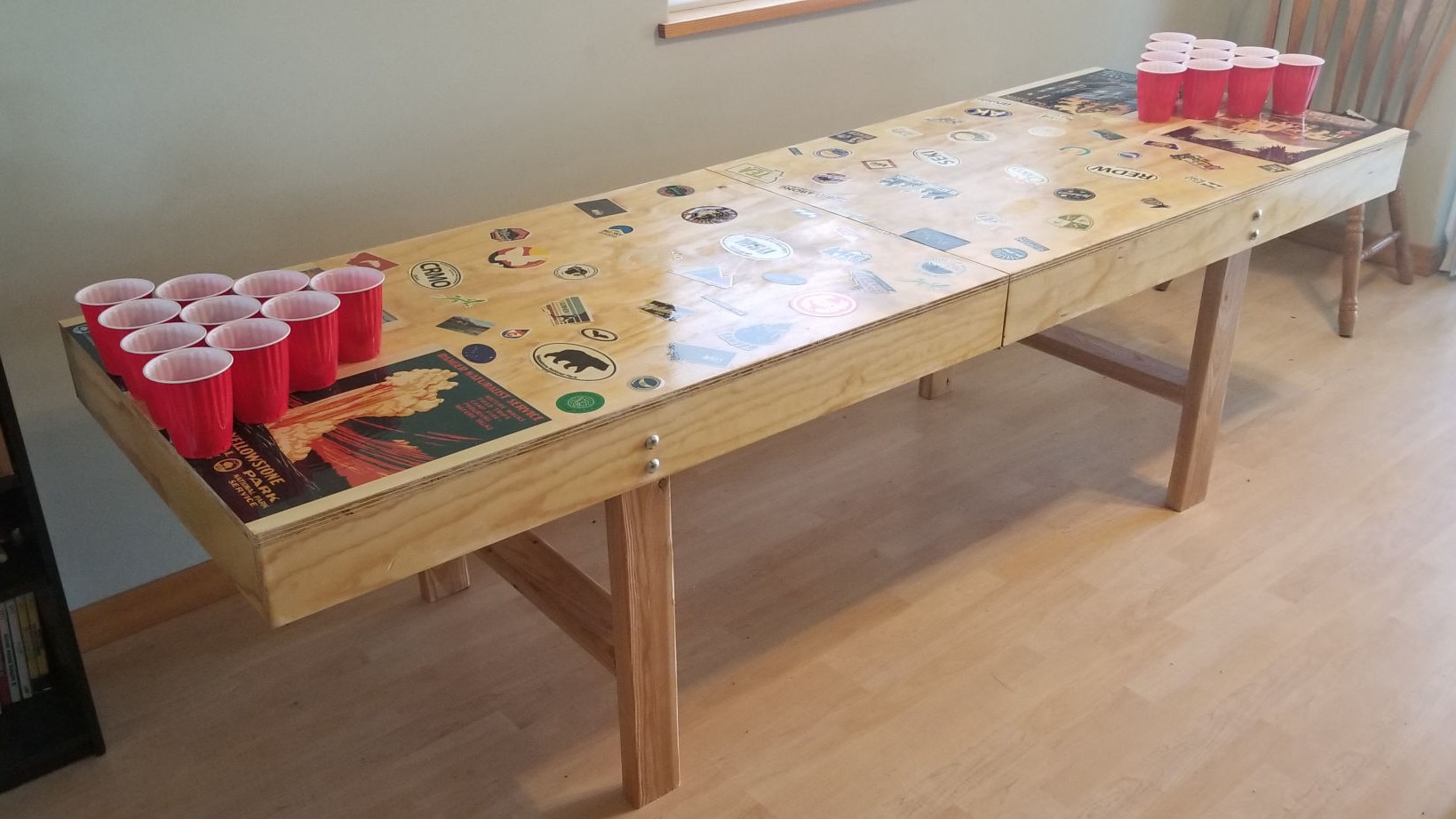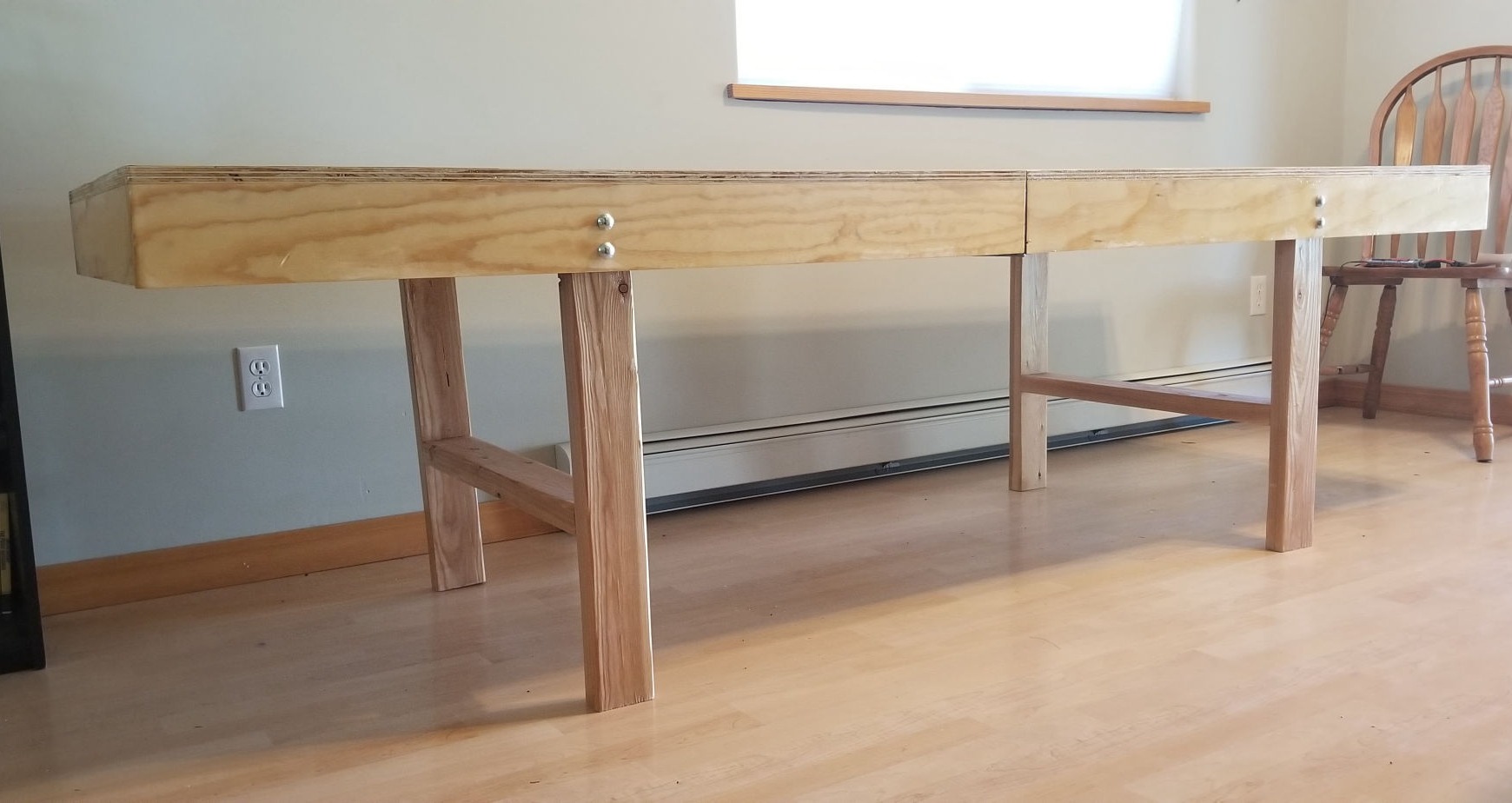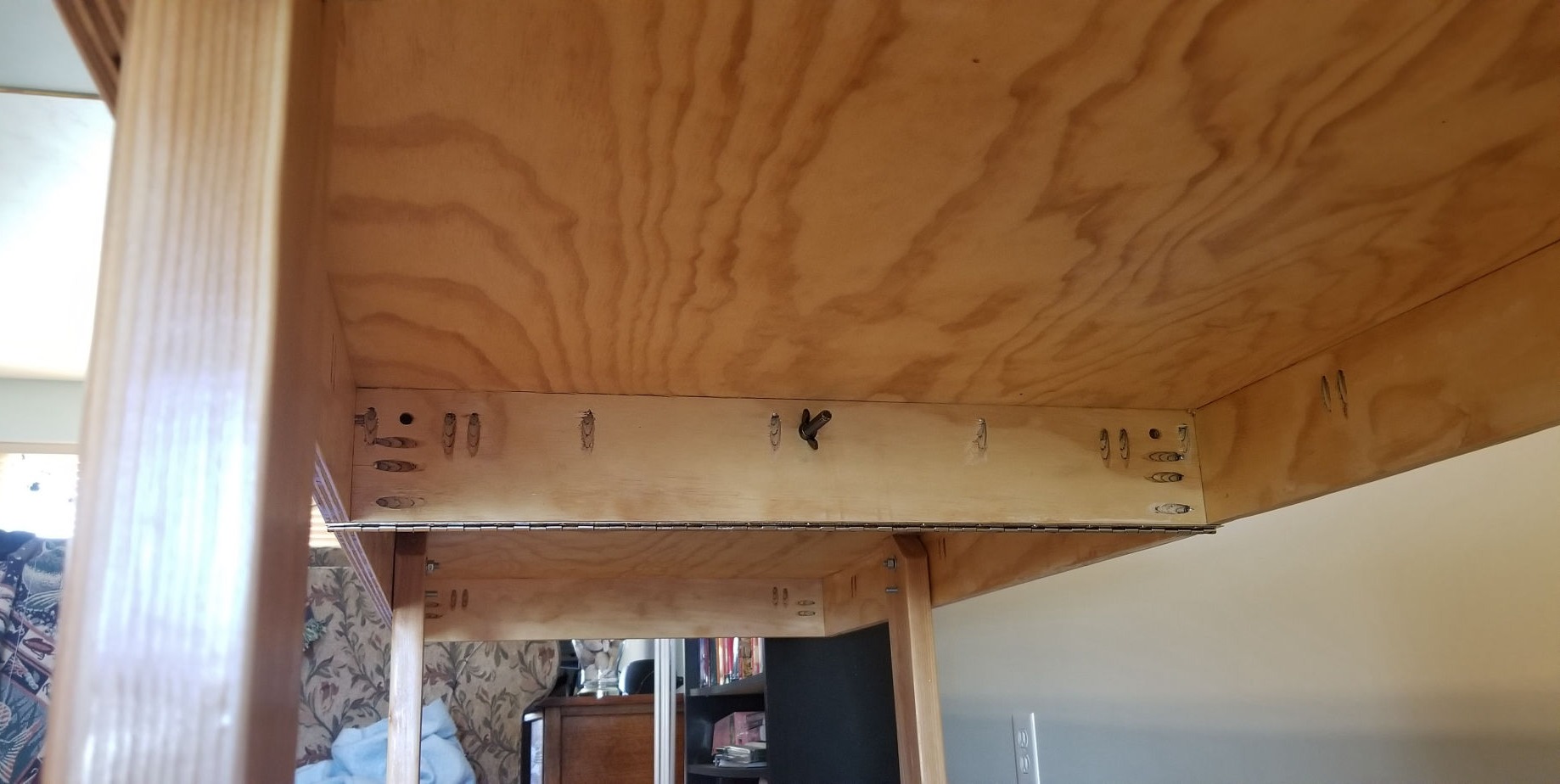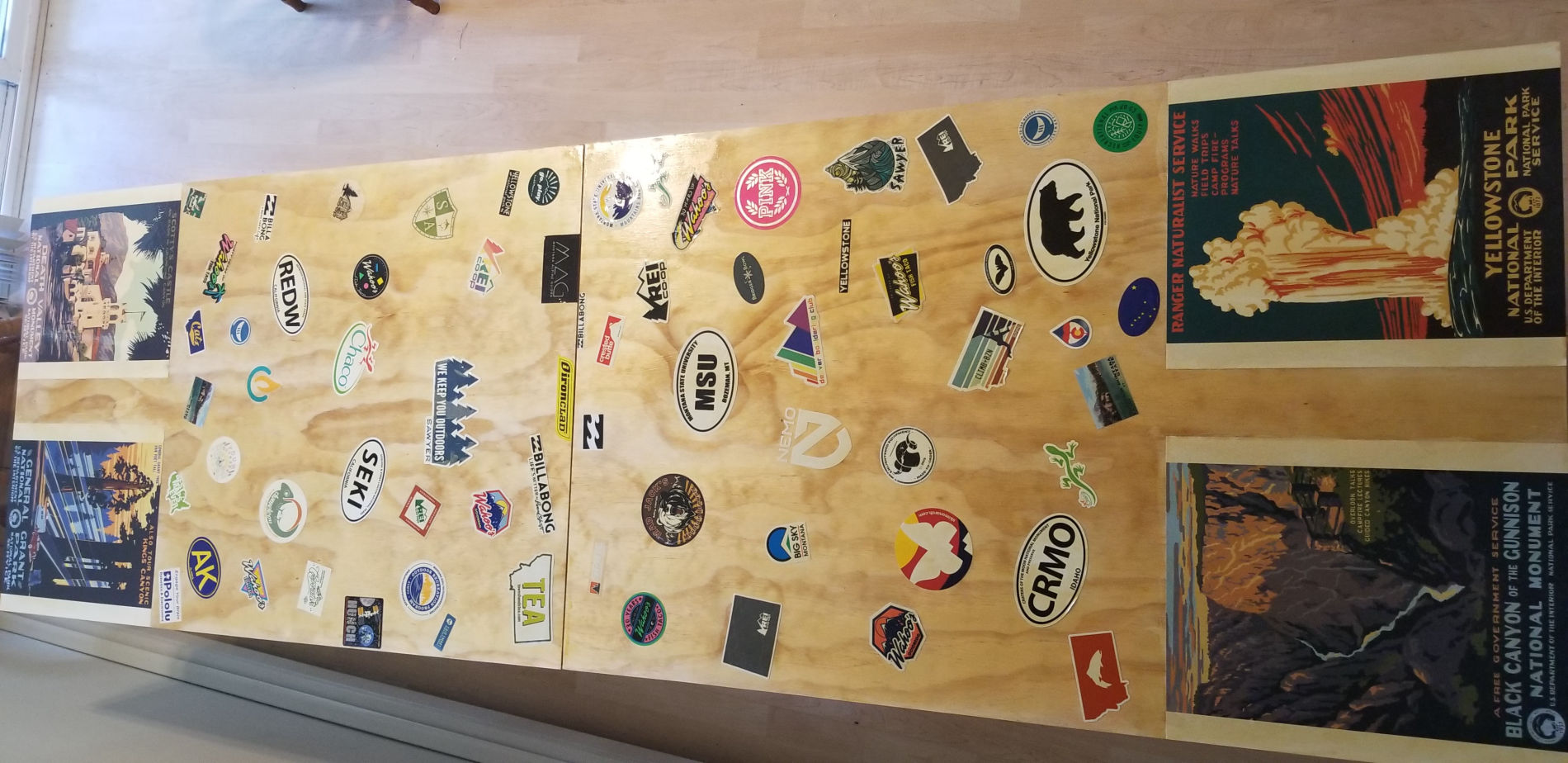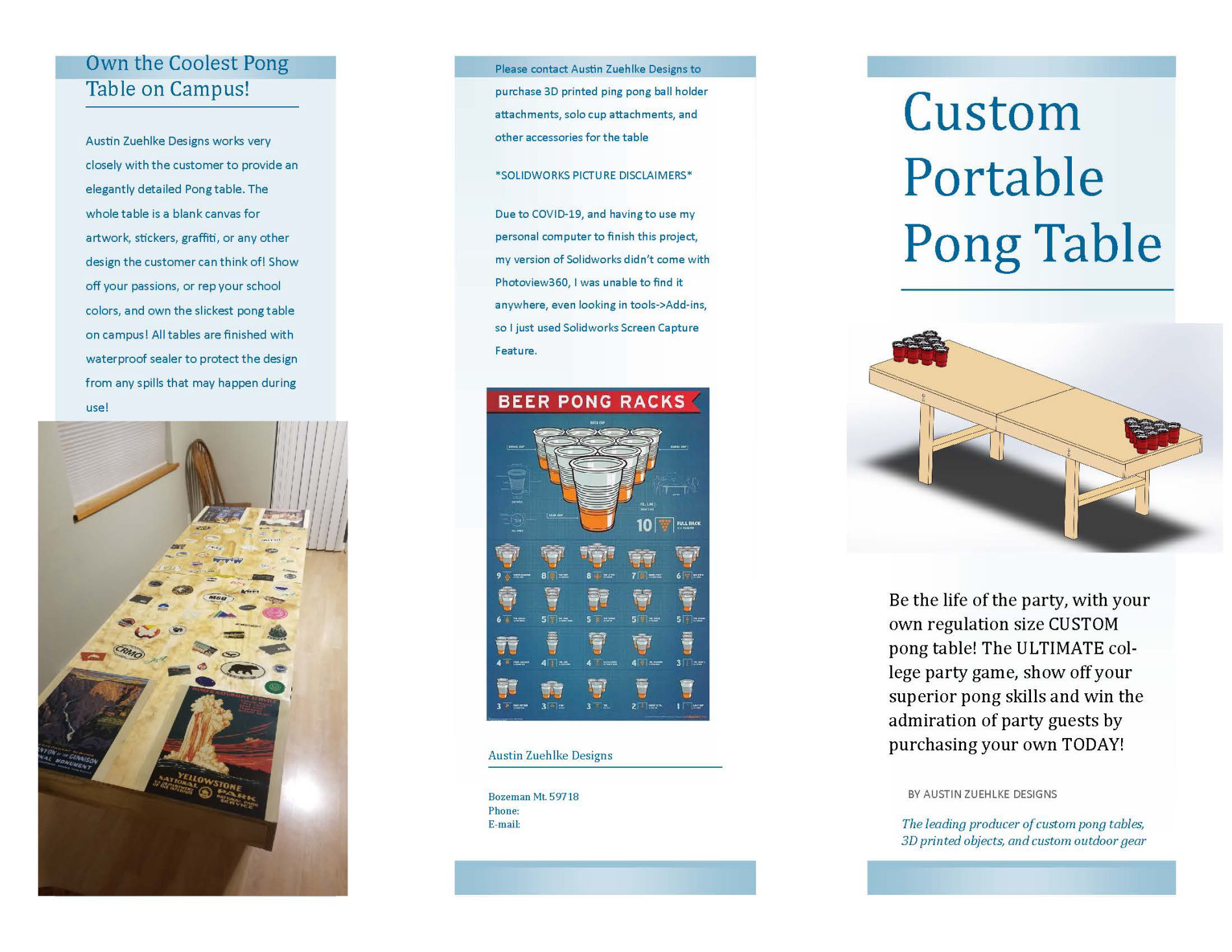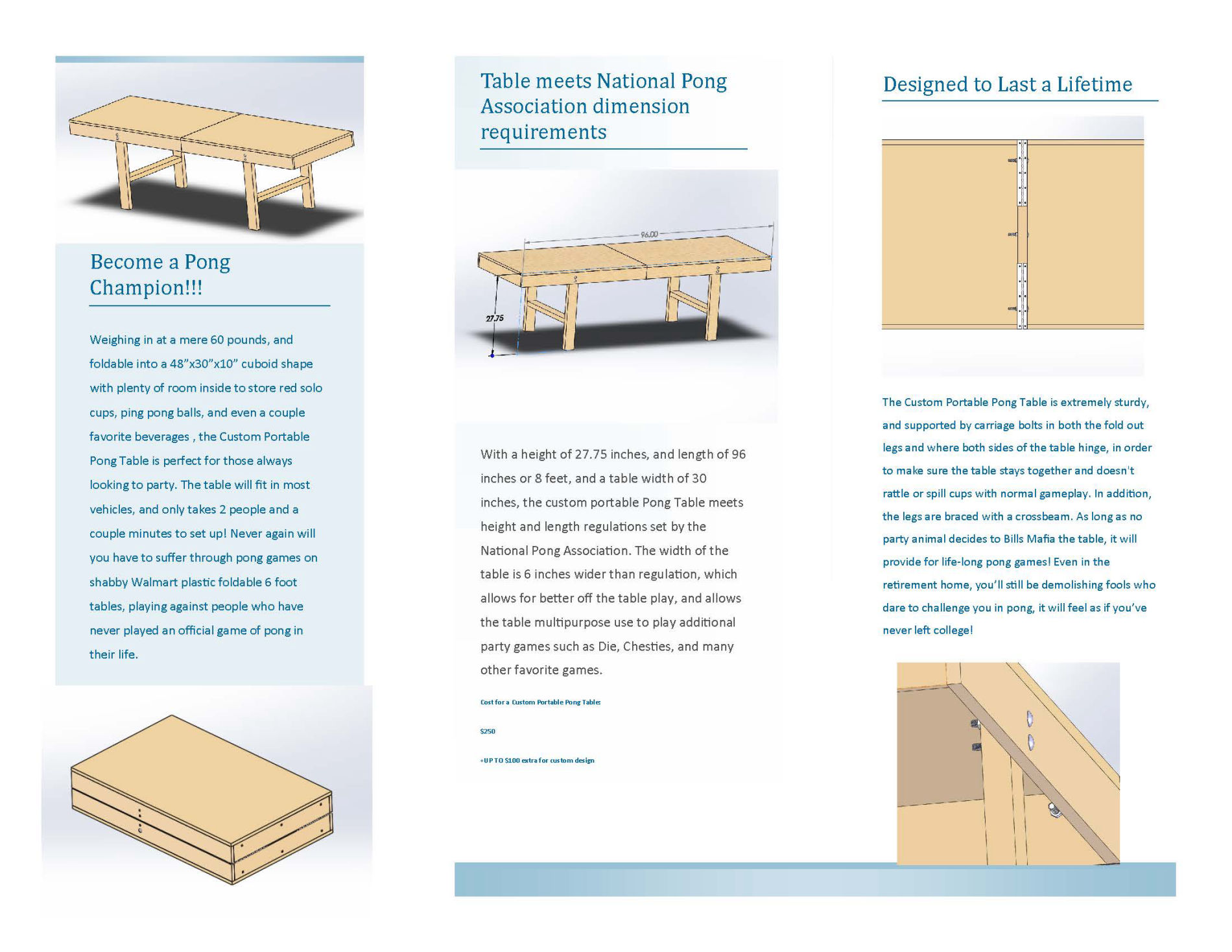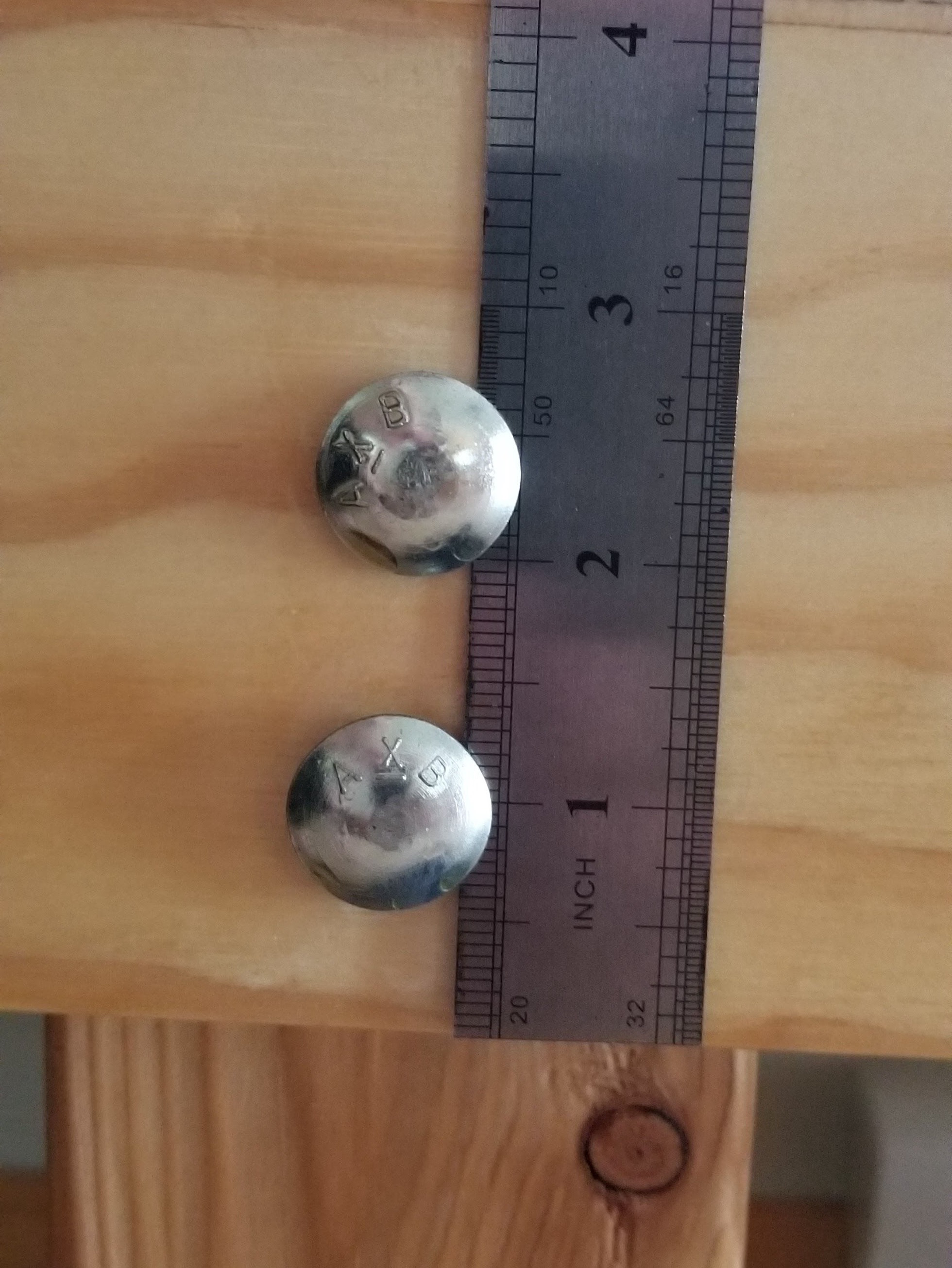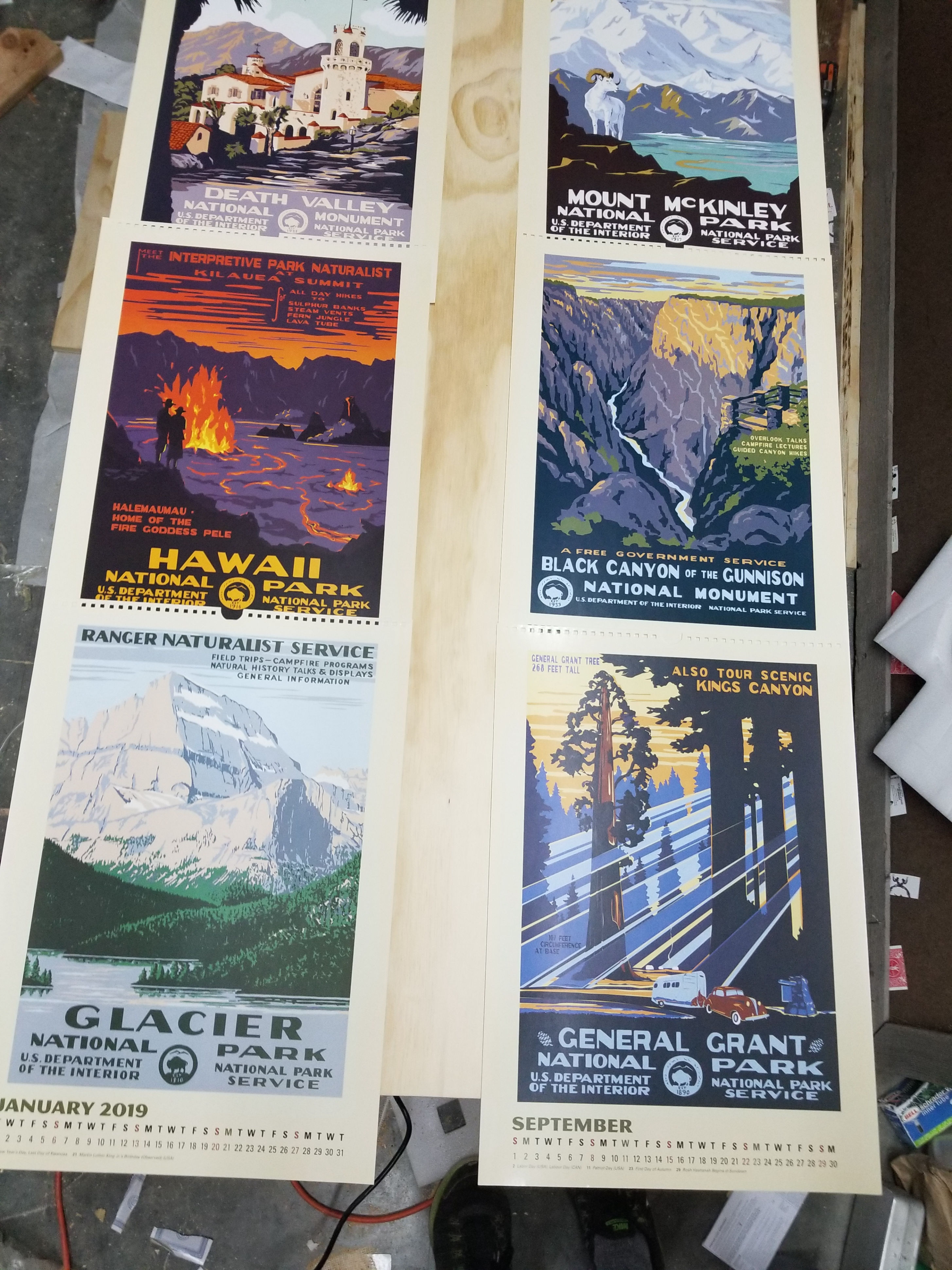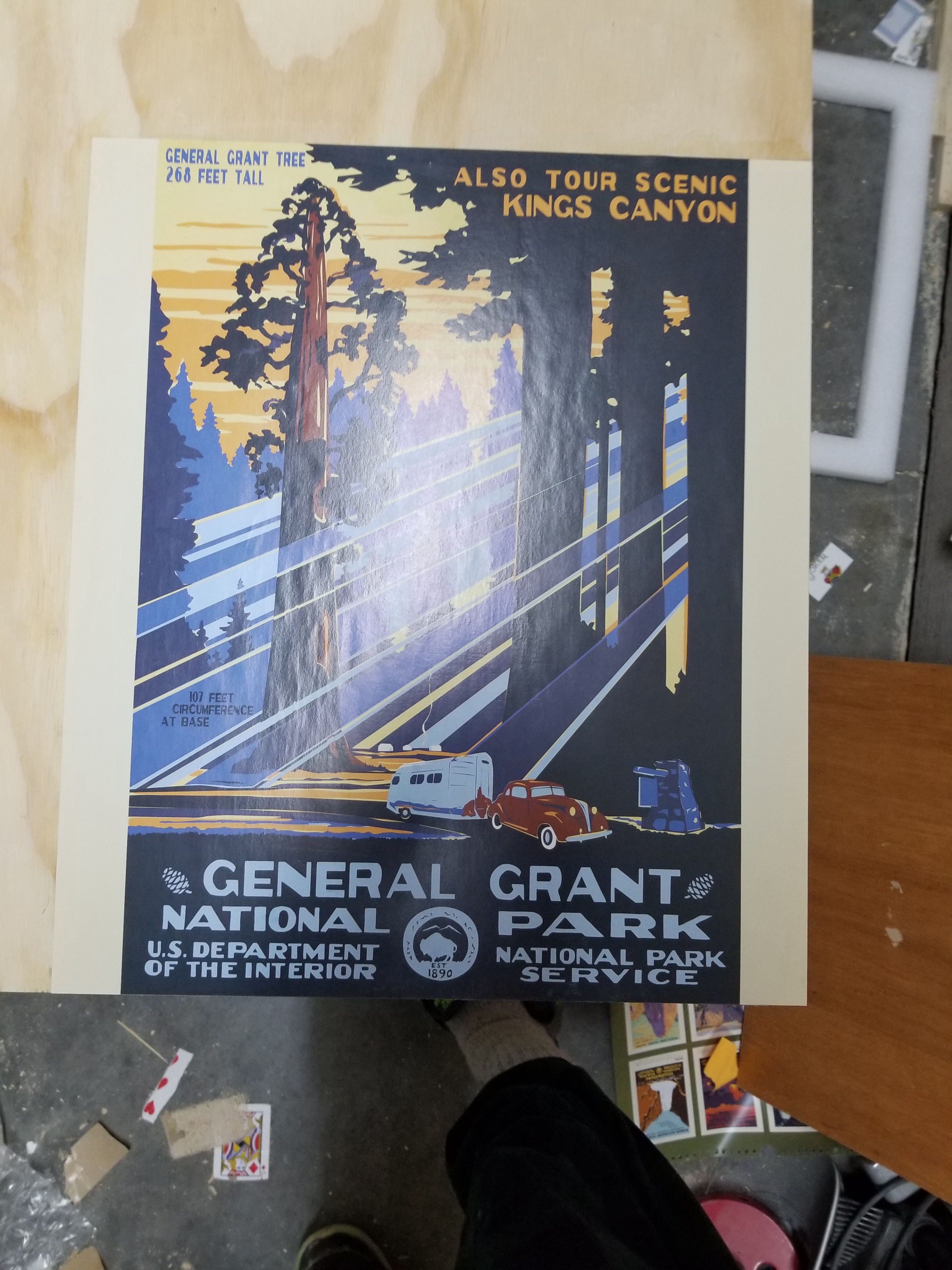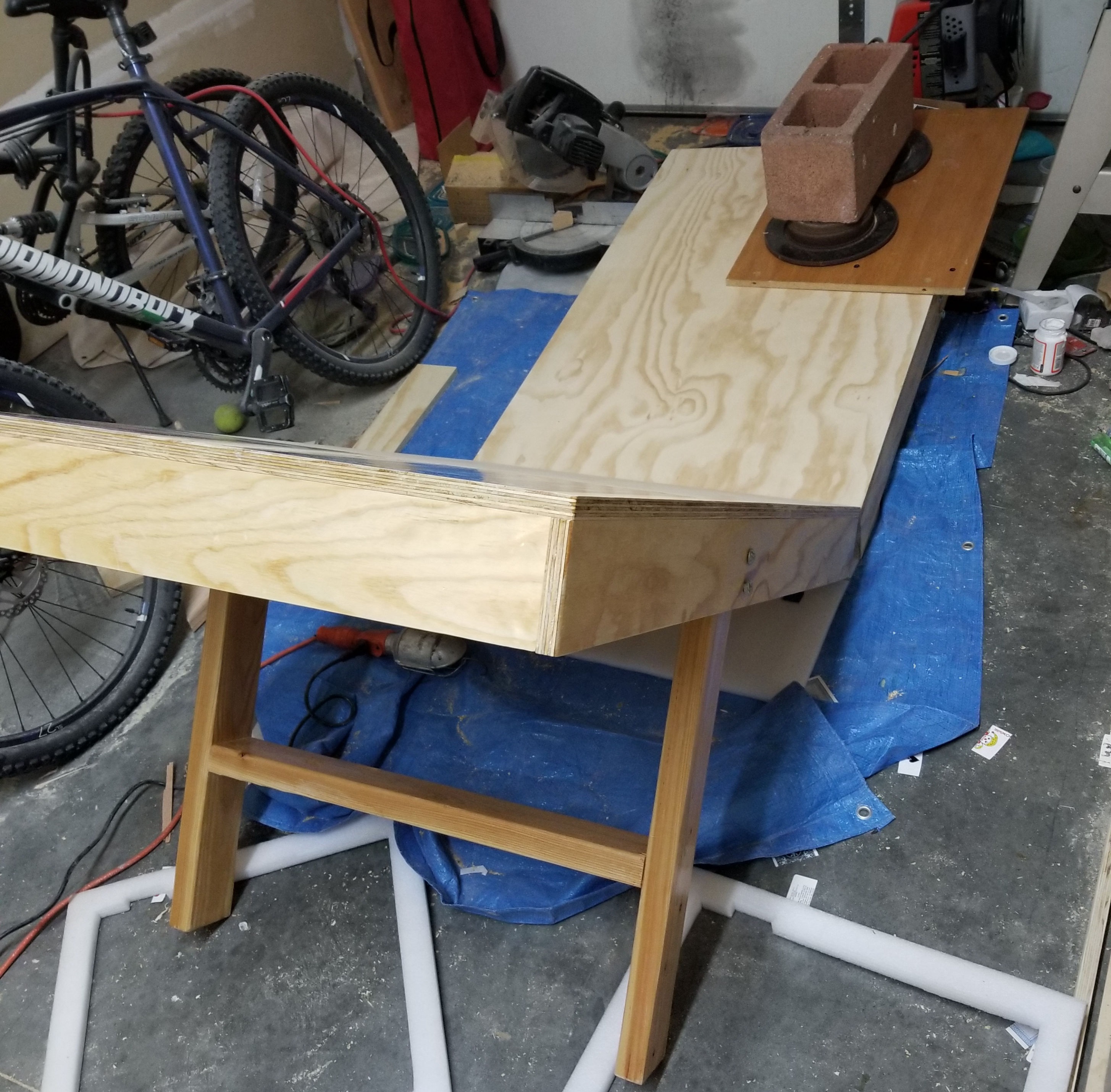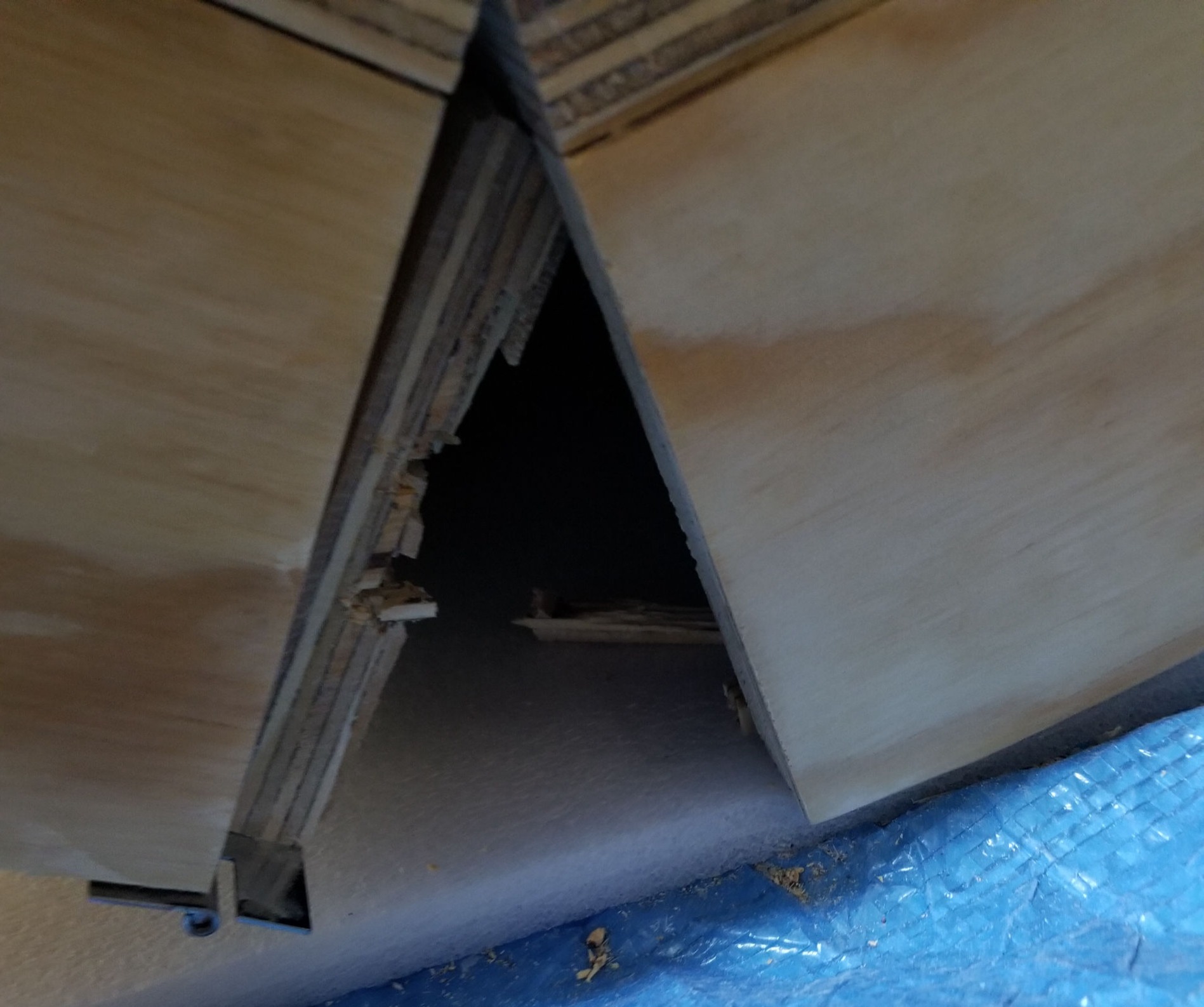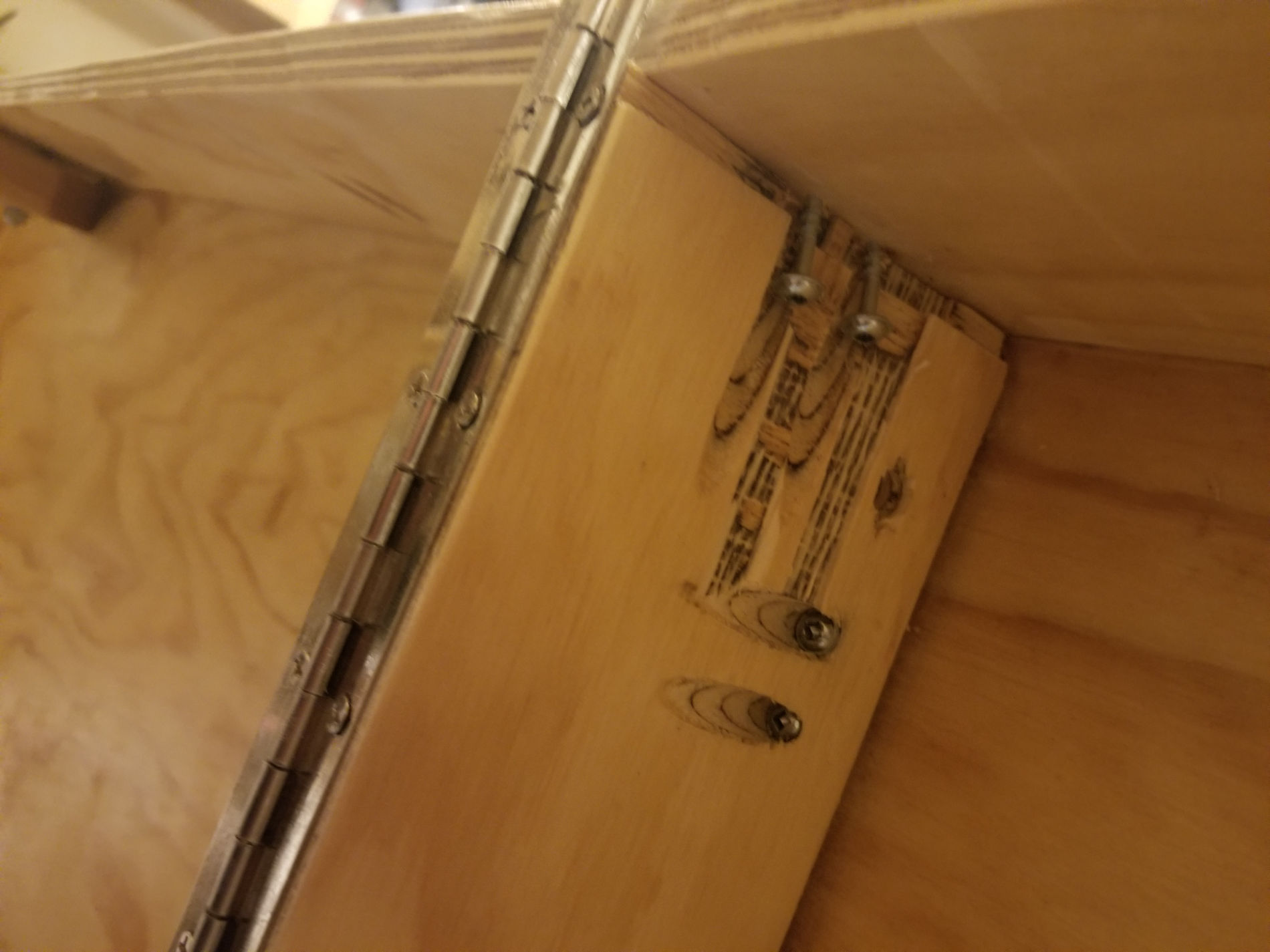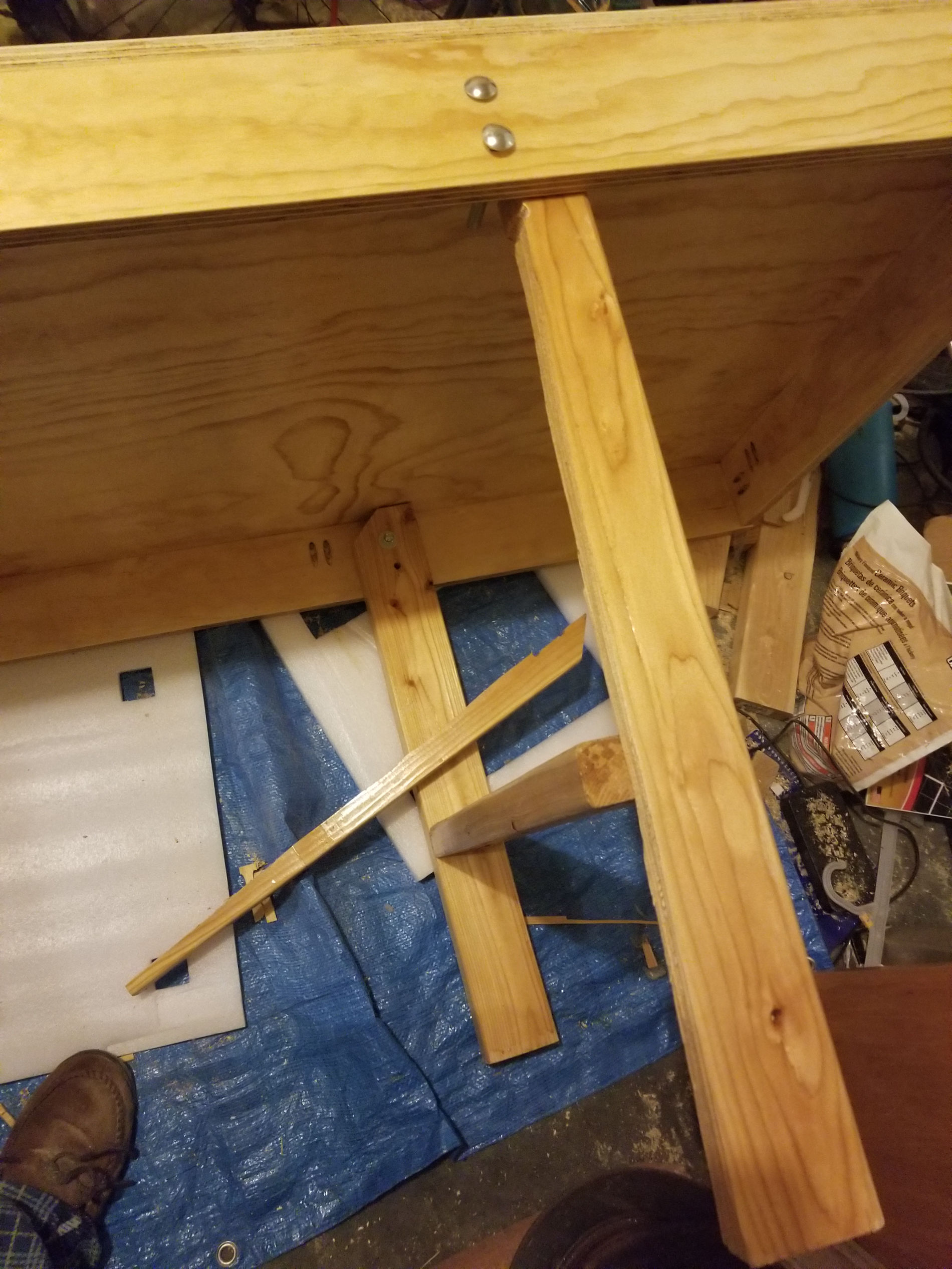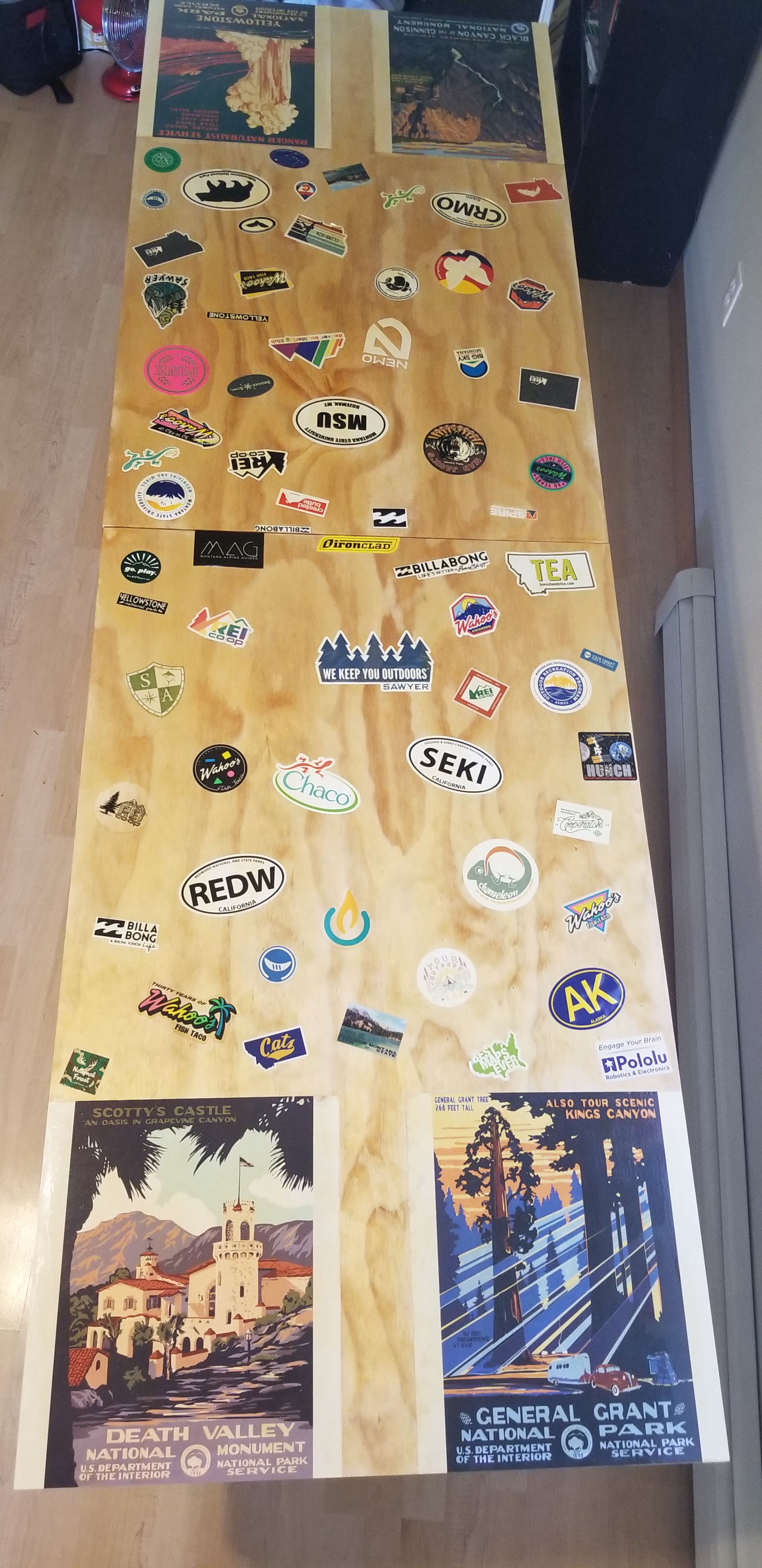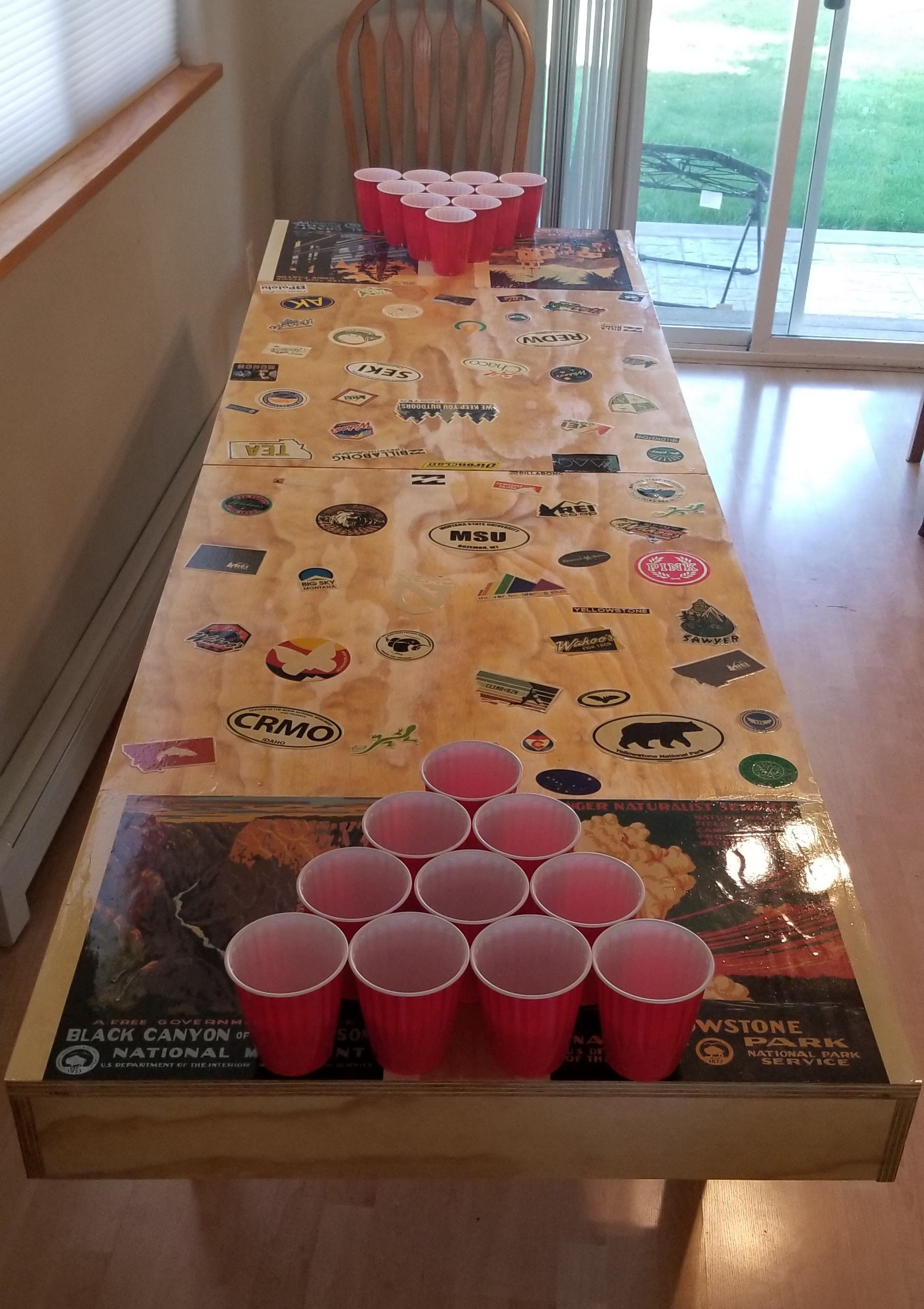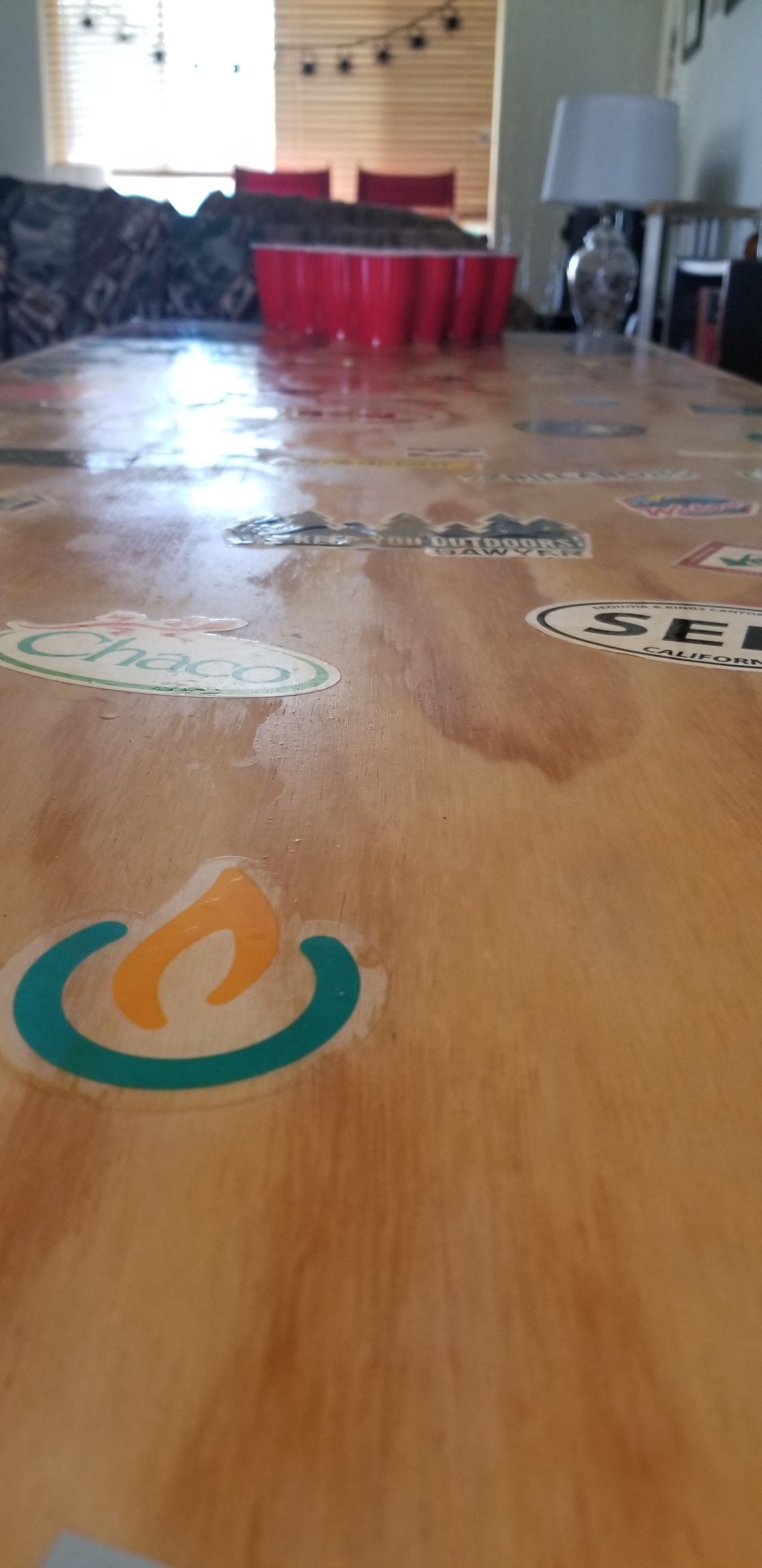Features
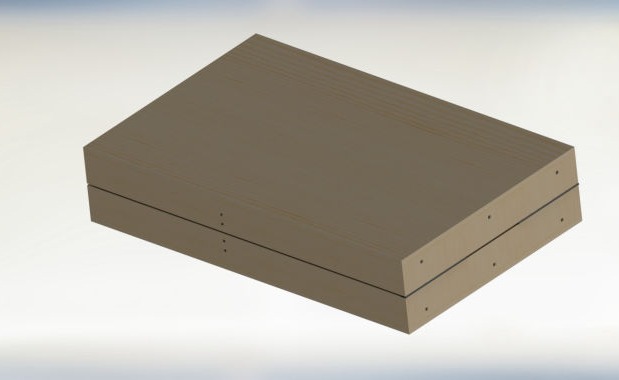
Portable
Weighing in at a mere 60 pounds, and fold-able into a 48”x 30”x 10” cuboid shape with plenty of room inside to store red solo cups, ping pong balls, and even a couple favorite beverages , the Custom Portable Pong Table is perfect for those always looking to party. The table will fit in most vehicles, and only takes two people and a couple minutes to set up! Never again will you have to suffer through pong games on shabby Walmart plastic fold-able 6' tables, playing against people who have never played an official game of pong in their life.
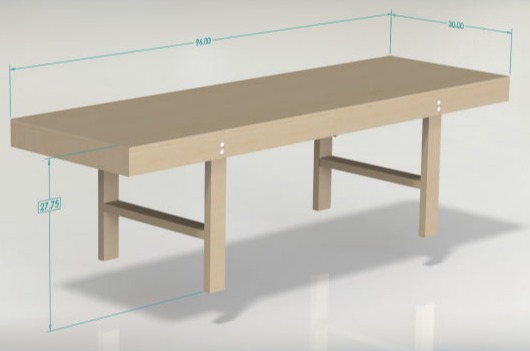
Official Size
With a height of 27.75 inches, and length of 96 inches or 8 feet, and a table width of 30 inches, the custom portable Pong Table meets height and length regulations set by the National Pong Association. The width of the table is 6 inches wider than regulation, which allows for better off the table play, and allows the table multipurpose use to play additional party games such as Die, Chesties, and many other favorite games.
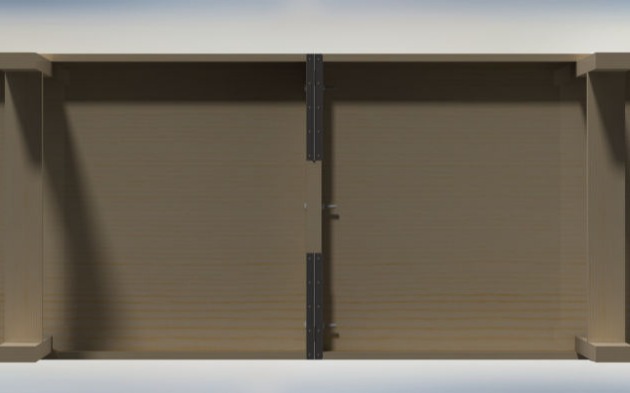
Sturdy
The Custom Portable Pong Table is extremely sturdy, and supported by carriage bolts in both the fold out legs and where both sides of the table hinge, in order to make sure the table stays together and doesn't rattle or spill cups with normal gameplay. In addition, the legs are braced with a crossbeam. As long as no party animal decides to Bills Mafia the table, it will provide for life-long pong games! Even in the retirement home, you’ll still be demolishing fools who dare to challenge you in pong, it will feel as if you’ve never left college!

